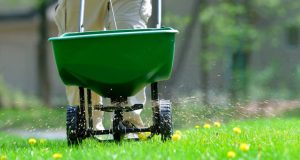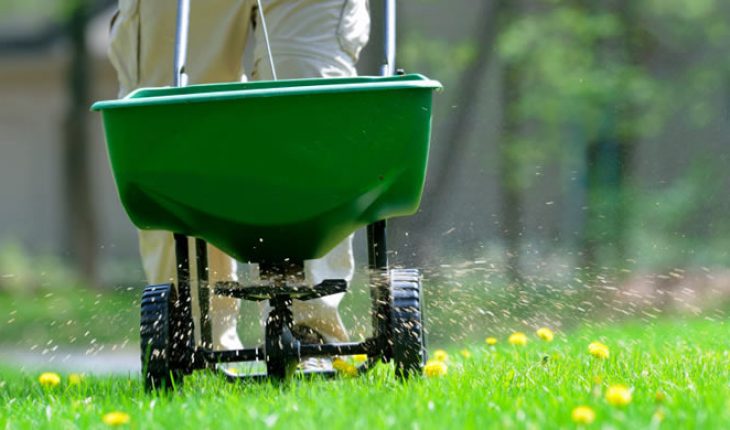When it comes to fertilizing lawns, 4 to 5 times every year is the ideal frequency. If you fertilize only twice yearly, the lawn will lose its luster. In addition, there are other elements you need to consider.
Different Grass Types
There are two variants, the cool season and warm season grass. The cool season grasses are those that appear at winter’s end. These also crop up in the early days of autumn / fall. For grass sprouting during the fall, add plenty of nitrogen. For spring grass, reduce the nitrogen amount.
Warm season grasses appear during summertime. When applying fertilizers, there are two distinct times: the first is after the spring greening. The second is in the latter summer months. When fertilizing lawns of this type, put in more nitrogen during spring. If it’s autumn, reduce the nitrogen amount.
Choosing Fertilizers
Here are a few things you must know before buying fertilizers. Most of the products sold can be combined with other agents. These agents include pest controls, chemicals for treating moss etc. Try to determine what your lawn needs and buy that product.
If the product isn’t mixed, you’ll have to combine the fertilizer with the agent. If you’d rather not go through this, buy the mixed types.
Using Nitrogen Correctly
When you’re fertilizing lawns, don’t put any nitrogen until the lawn has turned green. Nitrogen encourages growth in grass. If it isn’t time for the grass to appear, weed might sprout instead. The bottom line is this: don’t apply nitrogen until you see grass is growing. The longer the winter, the longer it will take for grass to grow back. Do not rush the process.
Other Fertilizer Tips
Read all the instructions before using the package. The time released variants need around two months or so to produce the needed nutrients. Allocate each one enough time before applying a second set of fertilizers. When you are fertilizing lawns, avoid
over fertilization. This might damage the grass.
You should also inspect the thatches. If there’s too much it’ll keep the nutrients from reaching the soil. This won’t just waste the product; it can burn the grass too.
Fertilizing during a drought isn’t recommended. These products need water. Fertilizing grass without watering them will lead to lawn deterioration. If you can water it regularly, it’s okay. But if you can’t water it, just wait for the drought to end.
There are many different types of lawns. The climate in your area will determine how often it should be done. Never hurry the process.
Getting Professional Help
It you don’t have the time, there are companies that can do the job for you. Check some of these companies on the Web. You should look at the rates they charge along with the services. Comparing the prices will help you make the right decision.
Just because the calendar says it’s spring or summer doesn’t mean the grass should be growing fast. When it comes to fertilizing lawns, taking your time is necessary.

